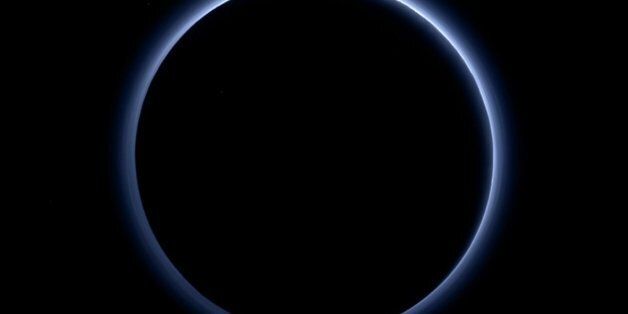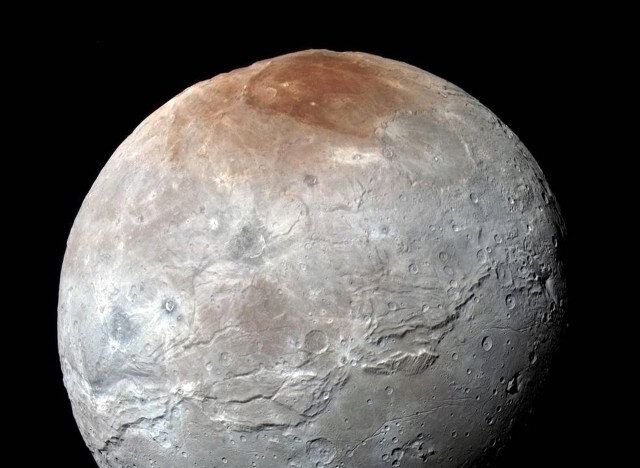
NASA Goddard Photo and Video/Flickr
Μετά τoν εντοπισμό τρεχούμενου νερού στον Άρη, η NASA αποκάλυψε ότι ο Πλούτωνας έχει ατμόσφαιρα, γαλάζιους ουρανούς και κόκκινους πάγους.

Διαφήμιση
Η τελευταία ανακάλυψη προκάλεσε τον ενθουσιασμό των αστρονόμων, καθώς επιβεβαιώνεται η θεωρία ότι υπάρχουν ωκεανοί κάτω από την επιφάνεια του Πλούτωνα. Αυτό όμως που προκαλεί ερωτηματικά είναι το χρώμα των πάγων, το οποίο δεν είναι λευκό, αλλά κόκκινο.